August 2018
August 1, 2018
October 2018
October 1, 2018Washington Says Goodbye to John McCain
This past weekend the nation and its capital said goodbye to John McCain, whom colleagues described as “the last lion of the Senate.” After lying in state at the U.S. Capitol, the Vietnam veteran and longtime Arizona senator was honored with a memorial service at Washington National Cathedral. John Sidney McCain III was praised by former political rivals George W. Bush and Barack Obama for his vision of the United States as a global superpower and moral beacon. The last time Washington held a funeral of this magnitude was in January 2007, when many of the same figures gathered to say goodbye to former president Gerald R. Ford. McCain’s passing immediately raised questions of who would succeed him in the Senate where Republicans are nurturing only a narrow majority. (see story below)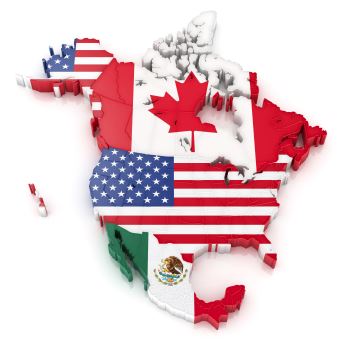
Top Story: White House Extensions Briefly Raises Hope For Complete NAFTA Agreement For Foreign-Trade Zone Users
Second Wave of China Tariffs Goes Into Effect, FTZs Wary
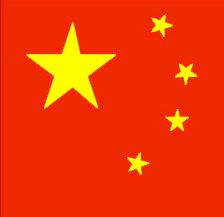
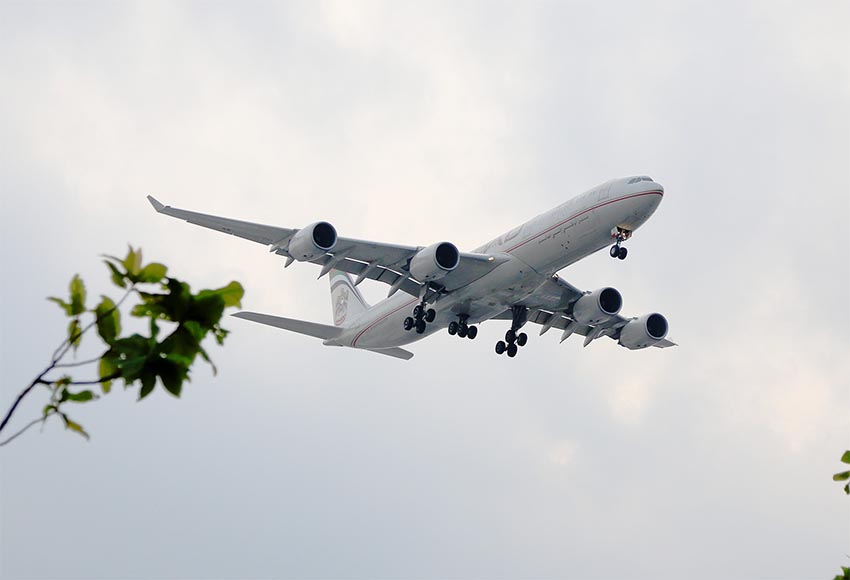
Rising Tariffs Aren’t Hurting . . . The Air Freight Business
China Tariffs Alter Ford Production Strategy

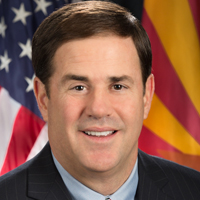
Senate Balance may be decided by . . . an Ice Cream Salesman?
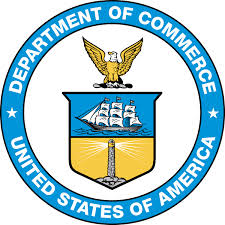
U.S. Foreign-Trade Zones Board Activity
Washington Says Goodbye to John McCain
This past weekend the nation and its capital said goodbye to John McCain, whom colleagues described as “the last lion of the Senate.” After lying in state at the U.S. Capitol, the Vietnam veteran and longtime Arizona senator was honored with a memorial service at Washington National Cathedral. John Sidney McCain III was praised by former political rivals George W. Bush and Barack Obama for his vision of the United States as a global superpower and moral beacon. The last time Washington held a funeral of this magnitude was in January 2007, when many of the same figures gathered to say goodbye to former president Gerald R. Ford. McCain’s passing immediately raised questions of who would succeed him in the Senate where Republicans are nurturing only a narrow majority. (see story below)

